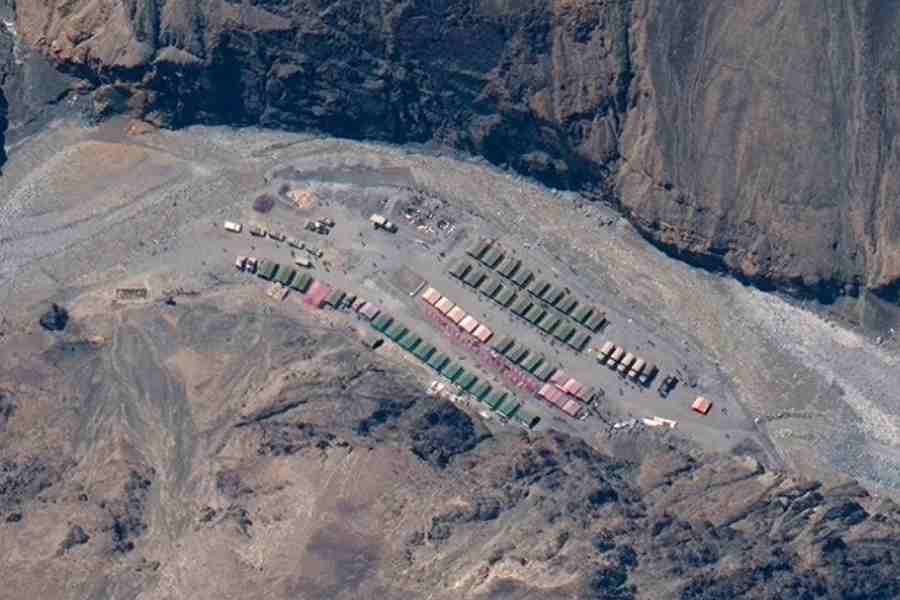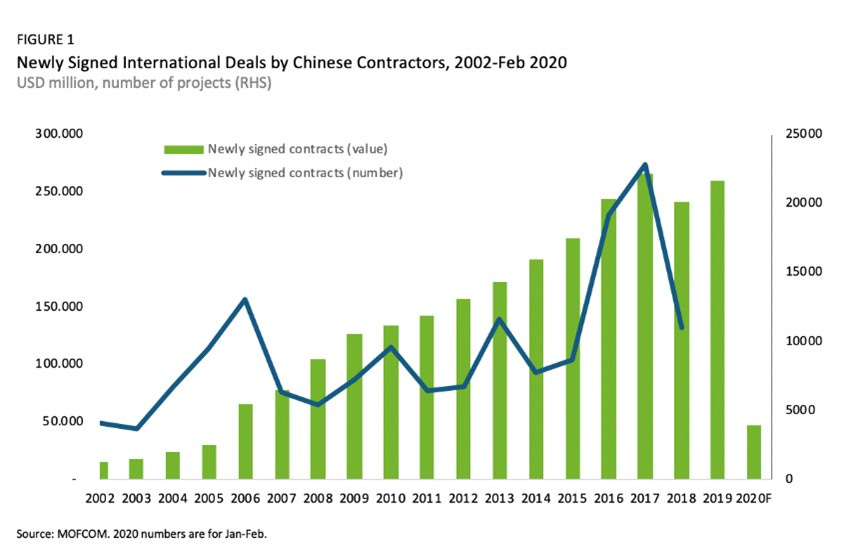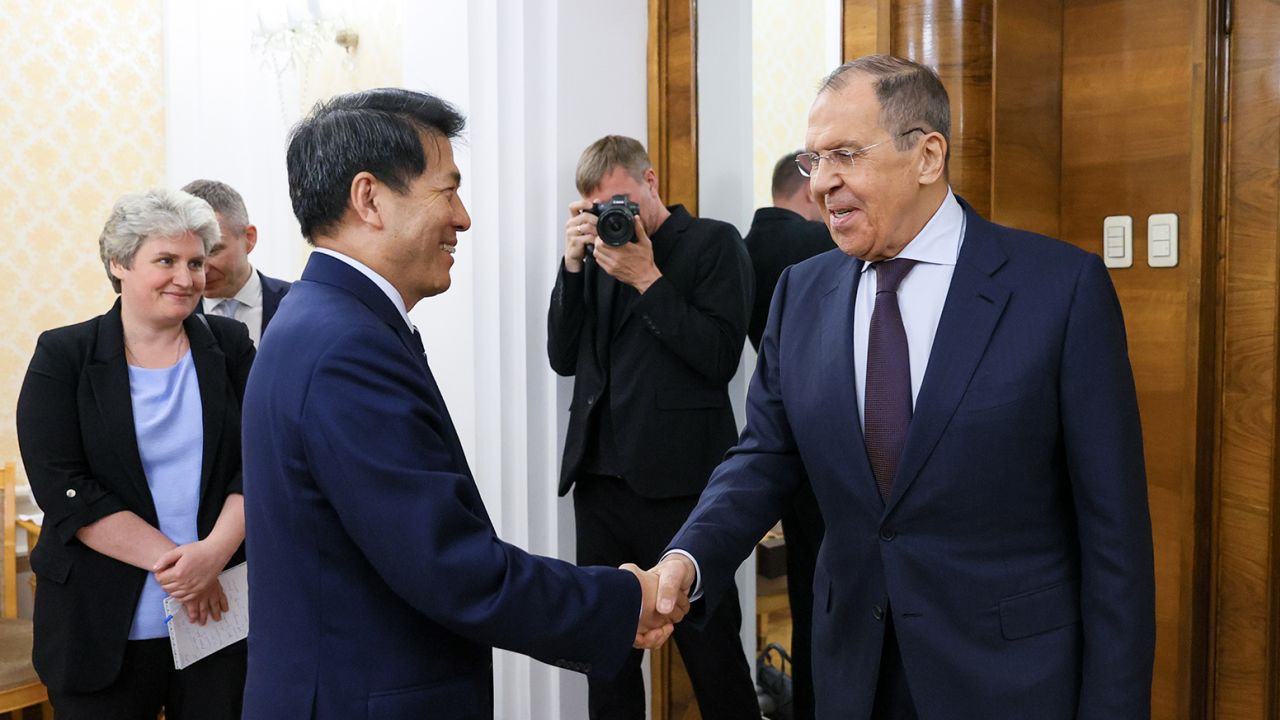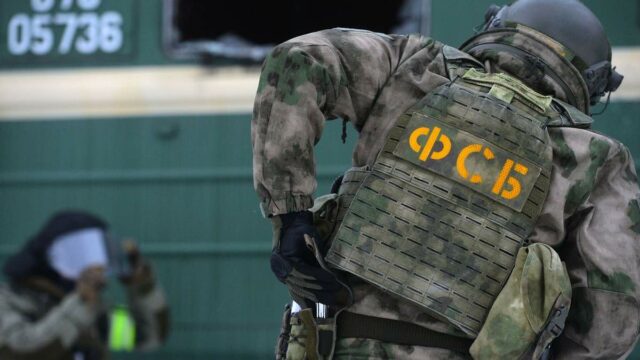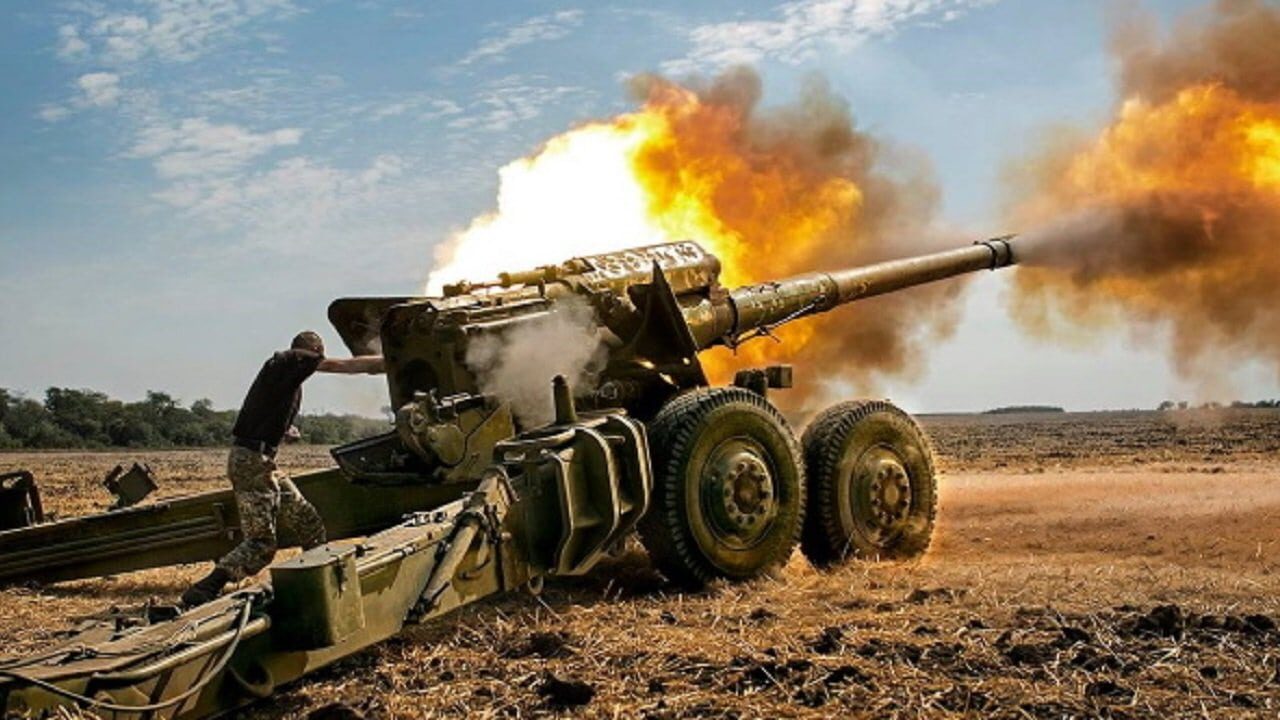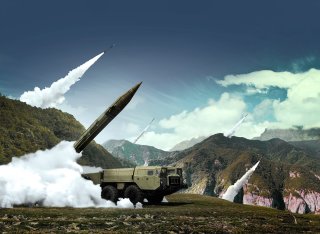Arzan Tarapore

Over the last two decades, successive U.S. administrations have sought to cultivate a strong relationship with India. As the world’s most populous country, with the second-largest military and the fifth-largest economy, India is uniquely positioned to counterbalance China’s growing influence in the Indo-Pacific. Yet as Ashley Tellis argued in Foreign Affairs earlier this month ("America's Bad Bet on India," May 1, 2023), there are limits to what the United States can expect from this partnership. New Delhi will not rush to Washington’s side in the event of a security crisis with Beijing unless its interests are directly threatened. India is not a sheriff of the international order or a treaty-bound defender of U.S. interests. In Tellis’s view, this makes the U.S. policy of cultivating India as a strategic partner a bad bet.
But India has never pretended it would behave like a treaty ally of the United States, and the occasional divergences between New Delhi’s and Washington’s interests do not mean the U.S. investment in the bilateral relationship is misguided. Still, the United States can make an even better bet when it comes to its partnership with India—one that is more realistic than a security pact and that still contributes meaningfully to advancing shared interests in a free and open Indo-Pacific.
IMPERFECT ALIGNMENT
India has a long history of conflict and competition with China. After a shocking and bruising war in 1962, the two countries waited until the 1980s to restore diplomatic relations, gingerly constructing a modus vivendi through a series of confidence-building agreements. Their border remains unsettled and the scene of sporadic local crises; a major Chinese incursion in 2020 into territory claimed by India led to a deadly skirmish and another rupture in bilateral relations. India also remains anxious about China’s creeping influence across the Indian Ocean region, where China plans to maintain a permanent military presence supported by a growing network of bases.
But India’s competition with China does not mean it is perfectly aligned with the United States. Although India accelerated military cooperation with the United States after the 2020 crisis, the two countries remain divided over key regional and global issues. On Afghanistan, for instance, India was dismayed by the precipitous U.S. withdrawal, while in Myanmar it continues to engage the military junta that Washington has shunned. The differences between New Delhi and Washington have been displayed most prominently during the war in Ukraine, where India has been reluctant to alienate Russia, on which it depends for military equipment and cheap energy.
Even when it comes to their shared interest in preventing Chinese hegemony in Asia, India and the United States sometimes have differing policy priorities and use different tactics to achieve similar goals. For New Delhi, Chinese moves on the Himalayan land border naturally matter more than a potential attack on Taiwan. And as India’s foreign minister has conceded, the country’s options against its much stronger rival are limited.
